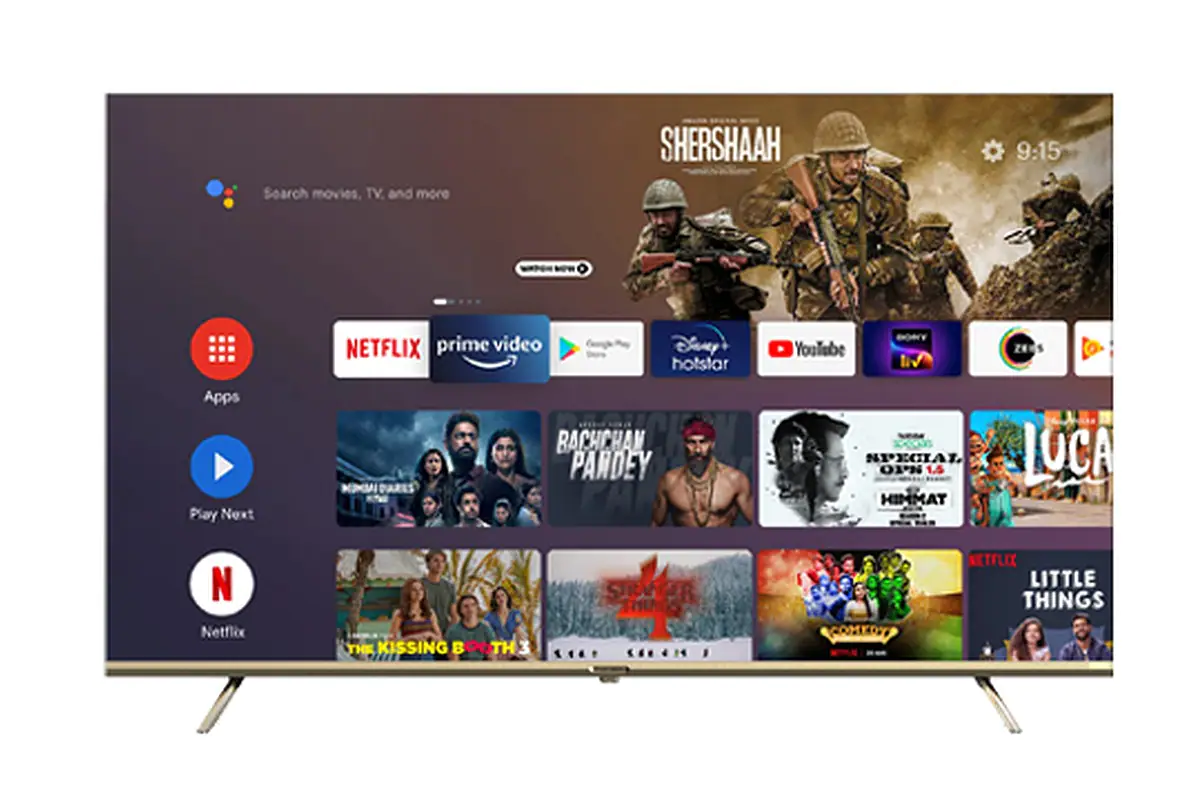
The dream of going freelance and running your own business is one that’s hard to stay away from. There is so much perceived freedom in working for yourself. You see the fancy beach and laptop pictures from others who have taken the leap and you want to be there. You see pretty coffee art and want to be drinking that coffee.
The thing is, many of those fancy pictures are taken by people that get paid more for the pictures they share than for the work they’re supposedly doing. Instead of getting caught up in that, let’s look at what it takes to prepare well for taking yourself out into the self-employed realm.
Today we’re going to look at two things.
- How should you prepare financially for going out on your own?
- What should you be looking for in your software tools to interact with clients?

Controlling Your Finances
Having a good freelance career starts with money management. After all, it’s all about money. You need it to keep food in your belly and ensure that your family isn’t looking at a fridge box as a viable shelter from the rain.
The Debt Snowball
One of the first steps you can take to get yourself on solid financial footing is to look at paying off all your debt. By having only a few payments, you can weather the storms that will come in business. The low-income times will still be painful, but your business will be more likely to survive without extra payments draining your accounts.
I did this years ago, and have helped a few others get out of debt. The most reliable way to get out of debt I’ve seen has been the debt snowball. With this model, you pay the minimums on all our debts and put all extra funds into your lowest debt.
That means if you owe a friend $20, pay them the $20. Then, with your smallest debt paid off, you move to the next lowest debt. You apply all the funds that were going into the first debt to the second debt. When you get to the third one, you’ve got a much more significant sum going into debt repayment than you did at first.
I know mathematically this doesn’t make sense. The math says that you’ll keep more money in your pocket if you pay off the highest interest debt first.
The thing is, our brain and heart don’t run on math: they run on feelings.
It feels good to pay off a small debt. Then it feels good to have some extra funds and pay off that second debt a bit faster. The whole point is to build momentum because that momentum will help you keep moving forward. Every time you pay off a small debt, you will have reinforced the personal belief that you’re someone who pays off debt. Once this permeates your personality, you’ll be a debt paying machine.
3-6 Months Savings
A second key to having a strong freelance launch is having at least 3 – 6 months savings in the bank. You’ll need this because unless this is your second kick at the freelance can, you will not be quite as productive and profitable as you expect. It’s going to take you a number of months to get things on track for the long term.
When I started running my own business, I was hard pressed to get 2 hours of paid productive time into the day. I’d walk the dog, enjoy Twitter, then see the sun out and walk the dog again. Sometime after lunch, I’d start digging into work and then my wife would get home so I’d stop. I kept looking at my billable time only to realize there was precious little of it.
Even if you can get yourself under control and productive, lean times will come. You’ll need some cash to live through those lean times. This is where your savings come into play.
Start with 3-6 months, but as you build momentum, work up to 12 months of full operating expenses including your salary.
If you’ve got 12 months of savings in the bank, you can be picky with projects. You can say no to clients that don’t suit you. You can get sick for a week and not worry about how the bills are going to get paid. More cash in the bank is always a good thing.
Take-Home Pay
The final thing you need to realize about freelance money management is that you’re only going to take around 50% of what you earn home. You’ll have between 20% and 30% spent on expenses. Your taxes will be between 15% and 25%. No matter how strict you are, you’ll miss just a bit of the money to random coffee that you didn’t keep a receipt for. You’ll only get 4 hours a day of time billable to clients unless you work 14 hours to get eight billable ones.
If you want to earn $100 an hour, you need to be charging close to $200 an hour. Make sure you don’t fall into the fallacy that you really will be taking home $100 an hour if that’s all your charging.

The Software
Before you make the jump to running your own business, you need to have some process and software behind you as well.
Project Management System
Specifically, you need to make sure that you have a good project management system. You need to make sure that you have a reliable process for estimating and invoicing projects.
There are many project management systems out there. This is by no means an exhaustive list, so if none of them work for you choose something that does. Some great options are:
Before you head out on your own, choose one of these systems to use with your clients. Make sure that you stick with the system and keep your projects updated.
No, email doesn’t count as a project management software. Email is full of distractions from the project you should be working on. Sticking to a solid project management system will mean that you can open it up and then focus on the work you should be doing instead of getting pulled away by distractions.
Invoicing
The second piece of software you need is something for estimating and invoicing. If you bill hourly, you’re going to need something that does a decent job of time tracking. Good options are:
Again, all of these are viable options. I’ve used many of them in my ten years in business. Choose the one that fits with how you like to work and then stick with it.
One of the things I work with my clients on is sticking with a single piece of software for at least a year. It’s only after a year that you can probe the limitations of that software and come up with a list of problems. With your list of issues in hand, give yourself a week to look at other options.
Narrow it down to 2 contenders to dig into deeper with these questions:
- How do they address the problems you have with your current system?
- Do they have any other problems that you’ll find more annoying than the issues you’re currently dealing with?
Only make a change if you find something that solves your current problems without introducing others that are worse. If you don’t find something, then stick with what you’re currently using for another year.
Give yourself two weeks to do this. Don’t let it take months. Two weeks with focused attention should reveal any options that are worth considering.
Start With Freelance Money Management
If you start with money management, then you will start on a stable foundation to run your freelance business. We started paying off all our debt shortly after I started my business and finished in two years. This was so great because after two years my business struggled.
If we hadn’t had a firm financial foundation, the business wouldn’t have survived.
Make building a firm financial foundation a priority in your business. If you’re not sure how to do that, then these are the two books that transformed my business and personal finances.
Once you have your freelance money managed, make sure that you have your project management and billing software picked. Learn how to use it well, and don’t jump on to the next shiny thing. Stick with what you know and you will do great.
[ad_2]
Source link







